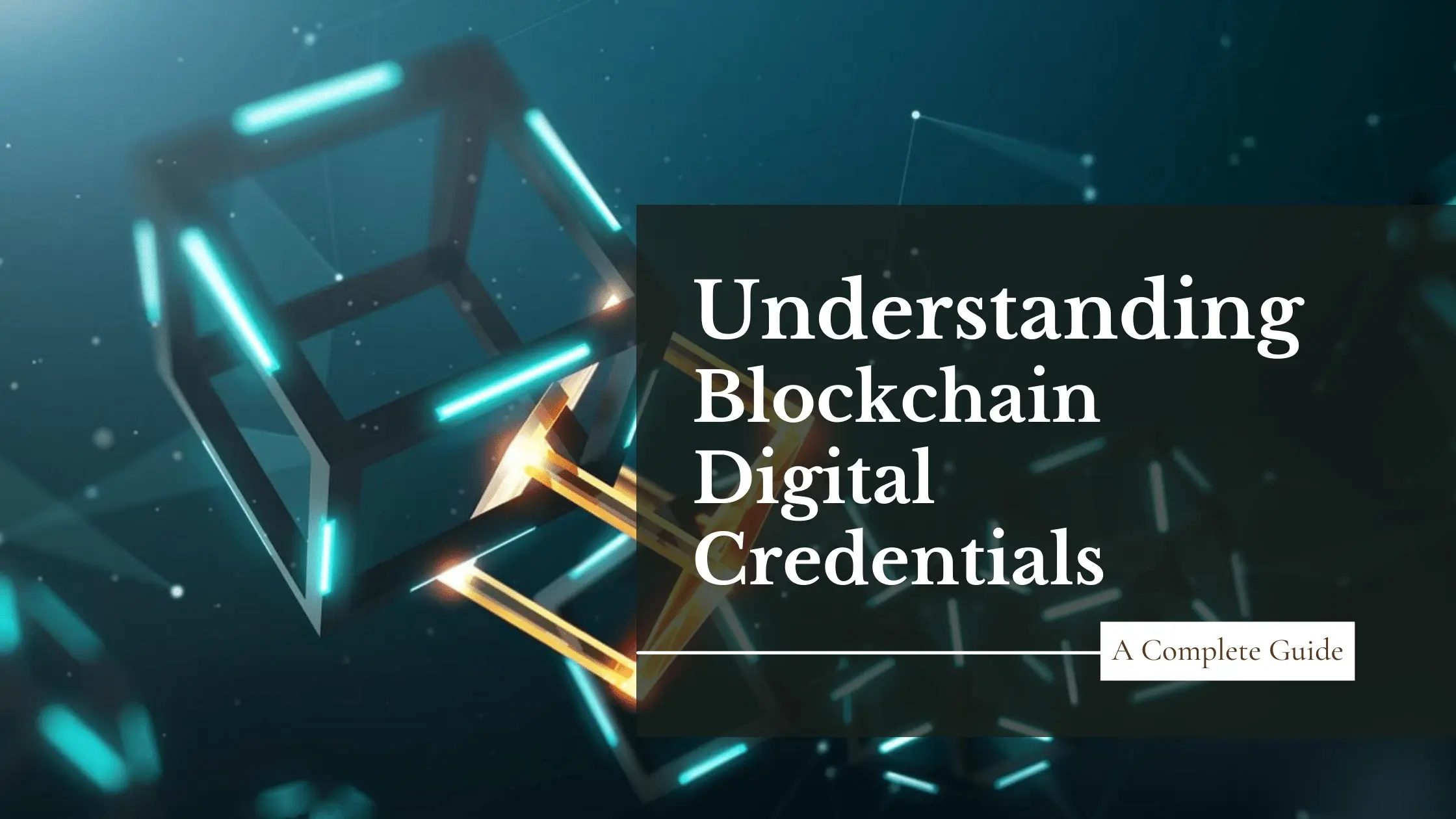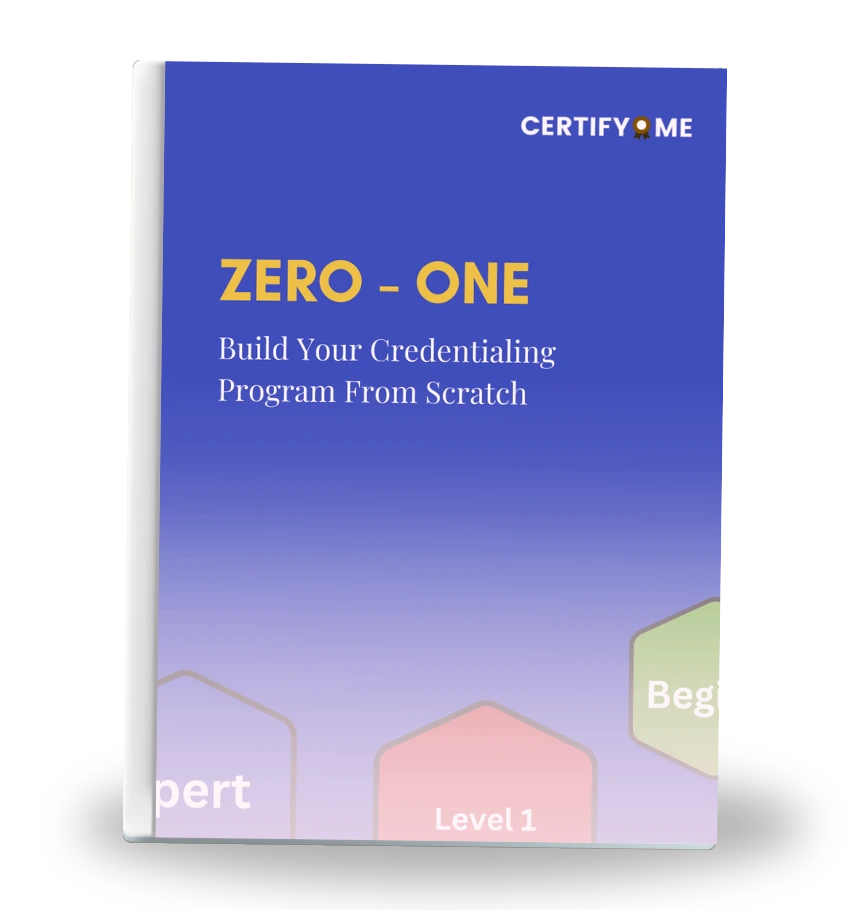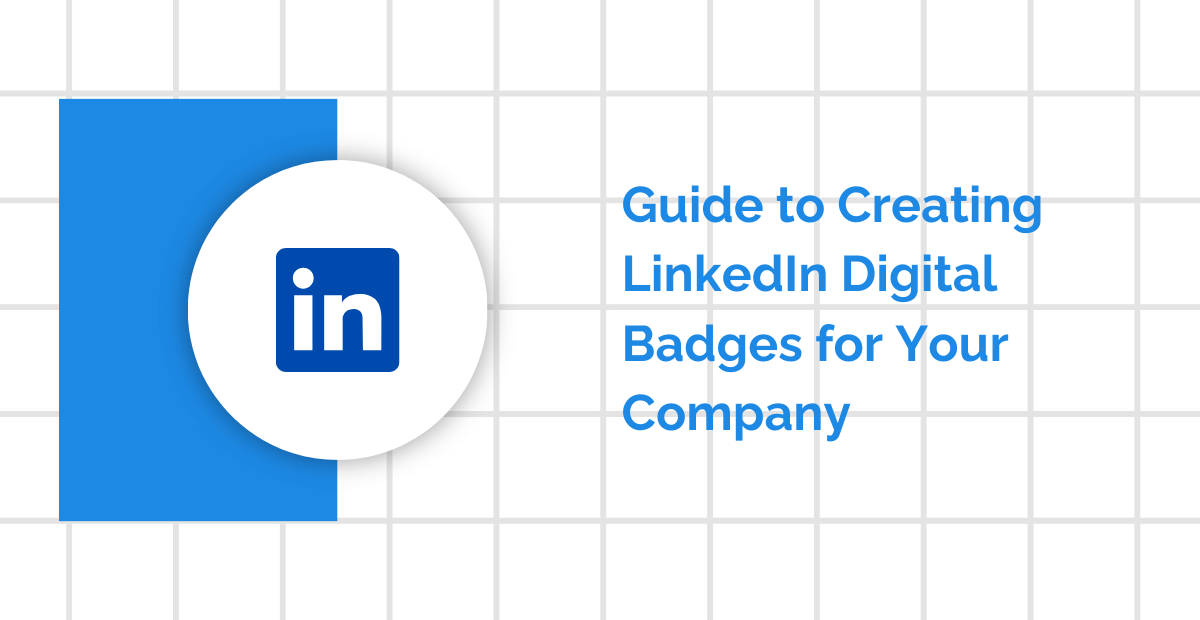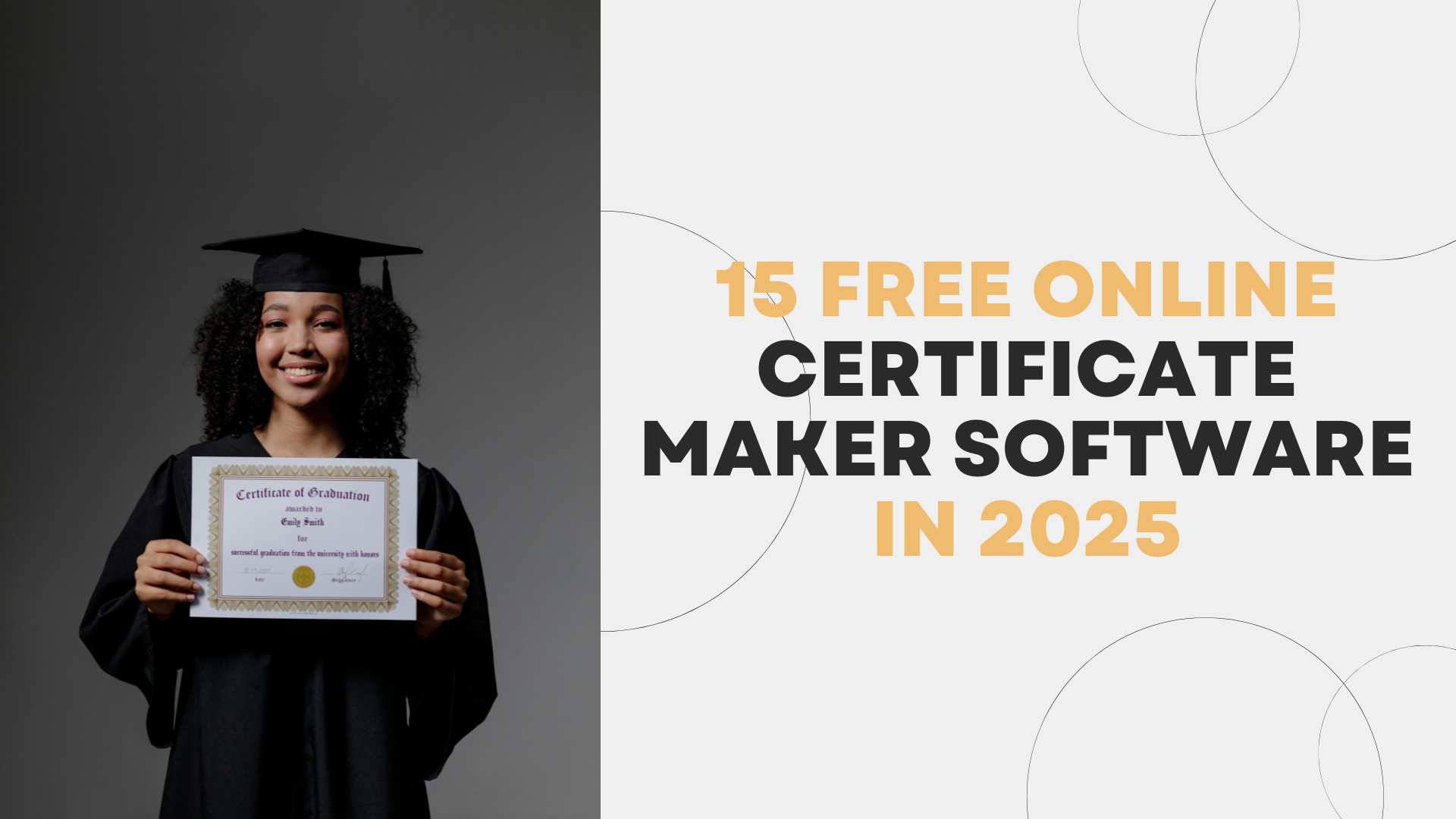Blockchain digital credentials are digital versions of traditional paper credentials like diplomas, certificates, and licenses stored securely on a blockchain, a type of online record-keeping system where information is locked in place once it’s added.
This technology ensures that these digital records are authentic and easy to verify, providing a reliable way to prove your skills and achievements. With blockchain credentials, you don’t have to worry about losing your documents or having them questioned by employers or institutions—they are safe, secure, and always accessible.
Explaining Blockchain Technology for Digital Credentials
Blockchain technology is a way to store information that is designed to be extremely secure and difficult to tamper with. Imagine a really long chain made up of individual links, where each link represents a block of information. These links are connected in a way that makes it very hard to break the chain or alter any of the links without everyone noticing.
Instead of storing information on one computer, blockchain spreads it out across many computers, which are called nodes. Each node has a complete copy of the entire chain. This setup makes the system decentralized, which means no one person or organization is in charge of the whole thing.
When someone adds new information to the blockchain—like a digital credential for a diploma or certificate—it goes into one of these blocks, which then gets attached to the chain. Once it’s added, it’s almost impossible to change or delete that block because it would require changing every other block in the chain, which is nearly impossible.
This unique structure is why blockchain is known for being secure and trustworthy. It ensures that digital credentials are safe from tampering and can be easily verified by anyone who needs to check them.
How Blockchain Digital Credentials Work?
In a blockchain, digital credentials work by creating a unique digital code, known as a “hash,” for each credential. This hash is then placed into a block, which is a single segment of the blockchain. Each block has a unique identifier and a timestamp indicating when it was created.
Once the block is completed, it’s linked to the previous block, forming a continuous chain. Because every block is connected to the one before it, this chain is extremely secure. If someone tries to tamper with a block, it would require changing every other block in the chain, which is nearly impossible.
Additionally, the decentralization of blockchain ensures that even if one copy is compromised, others remain intact. This network-wide distribution makes the blockchain highly resistant to fraud and tampering.
When you earn a digital credential, it’s transformed into a unique digital code named “hash” and added to the blockchain, guaranteeing that your credential is secure and verifiable. Anyone checking the blockchain can see that your credential hasn’t been altered, providing a reliable way to confirm its authenticity.

Preventing Fraud with Blockchain Digital Credentials
Blockchain technology is an effective safeguard against fraud, primarily due to its decentralized structure. To tamper with a digital credential, a hacker would need to control over half the network, which is highly unlikely due to the distributed nature of blockchain technology.
Another reason blockchain digital credentials are secure is the consensus mechanism used to add new blocks to the chain. This process requires agreement from the majority of nodes before a block is considered valid. If someone attempted to change a credential, the consensus mechanism would immediately reject the alteration.
Blockchain also uses cryptographic security, including hash functions, to create unique identifiers for each block. These hash functions are designed to be one-way, meaning they can’t be reversed to reveal or alter the original data, adding a robust layer of security. The transparency and auditability of blockchain further contribute to its security, allowing anyone to inspect the chain and quickly detect unauthorized changes.
Is Privacy Protected in Blockchain Digital Credentials?
Privacy is a major concern when it comes to digital records. The good news is that personal information isn’t stored directly on the blockchain. Instead, a unique code or hash represents the credential, keeping your sensitive information private while still allowing for verification. This approach ensures that while anyone can check the authenticity of a credential, your personal details are kept secure and confidential.
Why Blockchain is the Future of Digital Credentials
Blockchain offers several compelling reasons for being the go-to technology for digital credentials. First, it provides reliability and permanence. Once a credential is on the blockchain, it’s there to stay. This is especially useful for verifying achievements over time without the risk of losing records.
Second, it fosters trust. Employers and educational institutions can quickly verify the legitimacy of a credential, reducing the risk of hiring someone with fake qualifications.
Finally, blockchain makes credentials globally accessible. You can share your credentials with anyone, anywhere, without worrying about cross-border compatibility or cumbersome paperwork.

Advantages of Blockchain-Based Digital Credentials
Security and Trustworthiness
With blockchain, you get an immutable record that can’t be tampered with. This level of security builds trust in the authenticity of your credentials.
Transparency and Accessibility
Blockchain is a public ledger, so anyone can check the validity of a credential. This transparency makes it easy for employers, schools, and other organizations to verify your achievements without extensive background checks or paperwork.
Decentralization
The decentralized nature of blockchain means there’s no central authority controlling the data. This reduces the risk of manipulation and creates a more democratic system for verifying credentials.
Fraud Reduction
Because altering the blockchain is nearly impossible, the risk of fraudulent credentials is significantly reduced. This helps maintain the integrity of the credentialing system and ensures that only genuine achievements are recognized.

The Great Divide: Job Seekers vs Employers
Navigating today’s job market is like trying to piece together a puzzle with missing pieces. Employers struggle to find candidates with the right skills, even as workers often have a hard time demonstrating what they’re capable of. This disconnect leaves many positions unfilled, not because of a lack of talent, but because of a lack of clarity.
Job seekers, too, face a confusing path, unsure of which skills to pursue or how their existing skills measure up in a rapidly changing landscape. As a result, everyone—employers, job seekers, and educators alike—faces frustration in trying to connect the dots in the talent marketplace.
This is where the concept of the Learner Credential Network (LCN) came into play. LCN set out to streamline the way credentials are issued, verified, and shared, aiming to take some of the guesswork out of the job hunt and hiring process.
Learner Credential Network: What Is It?
Learner Credential Network, or LCN, is a shared, blockchain-based platform that allows job seekers, employers, and educators to recognize and verify skills-based credentials securely. Imagine it as a network where skills are more than words on a resume; they’re recorded, verified, and accessible to everyone who needs them. By building on blockchain technology, a LCN ensures that credentials are accurate and tamper-proof, making it easy for learners to showcase exactly what they’ve achieved and for employers to confirm these skills with confidence.
With LCN, job seekers gain access to a platform where their learning and employment records are stored, validated, and visible to potential employers. For employers, this means a faster, more reliable way to find qualified candidates without the usual back-and-forth of skill verification.
It’s a powerful step toward aligning people with the right skills to the roles that need them most, helping everyone find their place in the workforce more efficiently.
Learners can achieve educational goals through digital badges, which serve as modular, verifiable credentials within blockchain ecosystems like CertifyMe’s LCN.
Unlocking Opportunities with CertifyMe Learner Credential Network
CertifyMe, one of the leading names in digital credential management, built its LCN on blockchain technology, so every credential is secure, easily verifiable, and tamper-proof. Whether it’s for landing that dream job or showcasing your progress to your network, CertifyMe’s LCN has you covered.
To build a robust training and credentialing workflow, organizations can also explore tools that support effective training programs and align them with blockchain-based validation.
What’s really cool about CertifyMe’s LCN is how simple it makes sharing and verifying credentials. Once you’ve earned a skill or completed a certification, it’s stored in the LCN, and you’re given a digital credential that’s ready to be verified by any employer or institution. No need to dig through papers or emails; just one click and you’re set! Plus, since it’s all built on blockchain, there’s complete transparency—employers can trust that what they’re seeing is the real deal, giving you a major edge.
And it’s not just about sharing credentials; CertifyMe’s LCN allows you to manage everything in one place. Need to add new certifications, update your skills, or share your portfolio? You can do it all right from your CertifyMe profile, making your career journey a whole lot smoother and more organized. It’s like having a verified, easily accessible portfolio of all your achievements, ready to support you wherever your career takes you.
Real-World Applications of Blockchain Digital Credentials
Education
The Massachusetts Institute of Technology (MIT) has been issuing digital diplomas on the blockchain, alongside the traditional paper format, since 2017 (MIT News, 2017). When a student graduates, they receive a digital diploma via an app on their smartphone. This digital diploma is coded and certifiable using blockchain technology. This allows graduates to share their credentials with employers or other educational institutions quickly and securely.
Professional Certification
The Institute of Chartered Accountants in England and Wales (ICAEW) uses blockchain to issue and verify accounting certificates (ICAEW, 2020). This innovation streamlines the certification process, allowing employers to quickly confirm the credentials of accountants. Blockchain technology helps prevent fraud, ensuring that only qualified professionals hold these certificates.
This move reflects a broader global shift in how blockchain and digital tools are upgrading education to the next level, making credentials smarter, faster, and more secure.
Healthcare
The Medical Council of Canada has adopted blockchain to verify doctors’ credentials, making it easier to ensure that healthcare professionals are qualified to practice (Medical Council of Canada, 2019). This approach enhances patient safety by reducing the risk of unqualified practitioners
Conclusion
Whether you’re a student, a professional, or an employer, understanding the benefits of blockchain digital credentials is key to embracing this technology. Blockchain technology is transforming how we view and manage digital credentials. From its robust security to its inherent fraud prevention, blockchain offers a secure, reliable, and globally accessible method for issuing and verifying digital records.
Individuals and institutions should stay informed about how digital badges and certificates enhance your abilities and career growth to fully capitalize on blockchain credentialing benefits.
If you’re considering adopting blockchain for your business or institution, now is the time to explore its potential. With real-world applications ranging from education to healthcare, blockchain digital credentials are becoming a trusted standard. As this technology continues to evolve, staying informed is crucial to leveraging its full capabilities.

 Author :
Author : 




